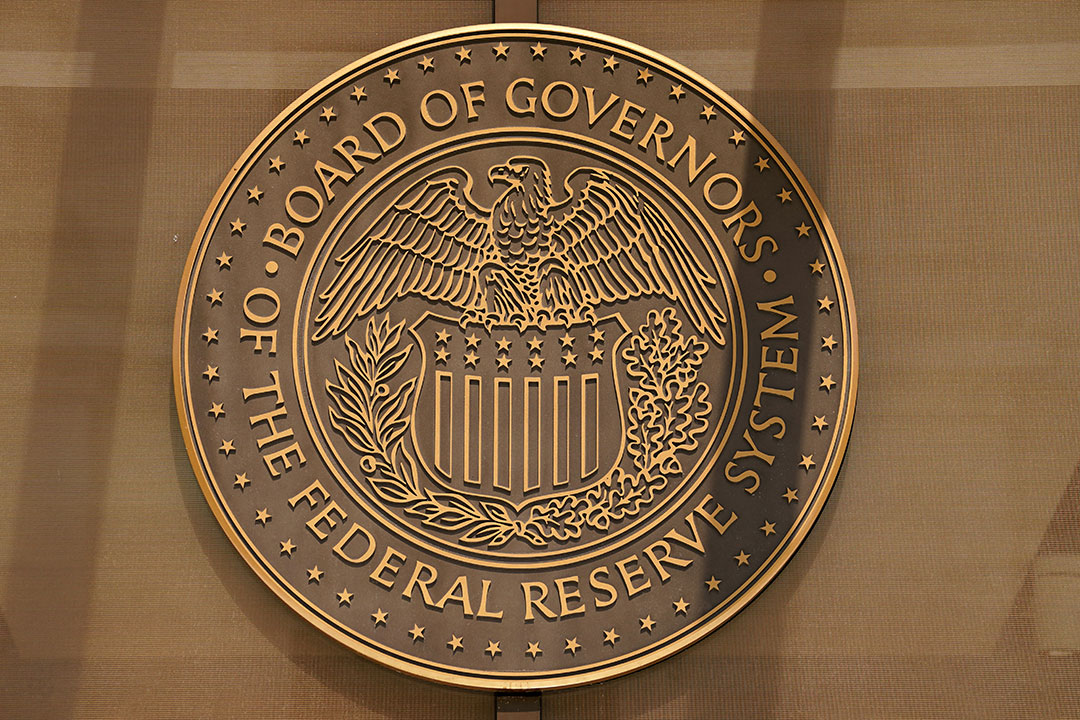Fed’s Miran presses case for fast rate cuts, but other policymakers push back

The Federal Reserve’s newest policymaker, Stephen Miran, continued on Thursday to press for sharp US interest-rate cuts to prevent labor market collapse, saying his fellow central bankers are more scared than they should be that tariffs will drive inflation up.
His colleagues universally argued for more caution, underscoring the uphill battle Miran faces as he argues from inside the Fed for the lower rates that he, as President Donald Trump’s economic advisor, had previously called for from the outside.
“Heavy front-loading of cuts before you know whether this is all there’s going to be on inflation and before you know whether this inflation is going to be persistent runs a risk of a mistake,” Chicago Fed President Austan Goolsbee told reporters after an event in Grand Rapids, Michigan, where he characterized the labor market as stable and only mildly cooling.
San Francisco Fed Bank President Mary Daly, speaking in Utah, noted “yellow flags” in some of the labor market data, including how hard it is for new college graduates to find jobs and the increasing amount of time it takes for job-seekers to find work. But with inflation still above the Fed’s 2% target even discounting the impact of tariffs, she said, the central bank should move slowly.
“I think a little bit more will be needed over time to get that interest rate where it’s balancing out those two risks” to the Fed’s goals of full employment and price stability, Daly said. “If you adjust the path all at once, you risk one of the goals. … If you adjust the path gradually, assess the information before deciding, then you can actually get to a good achievement.”
Even Fed Vice Chair for Supervision Michelle Bowman, a Trump appointee who with Miran agreed that tariffs imposed by President Donald Trump won’t reignite inflation, expressed little sympathy for his call for steep rate cuts.
“We have a more fragile labor market than we were expecting to see,” she said at an event at Georgetown University, explaining her rationale for why “we may come to see” three quarter-point Fed rate cuts by the end of this year.
The Fed cut the policy rate last week by a quarter of a percentage point, and short-term borrowing costs are now in a range of 4.00%-4.25%. Fed projections show most policymakers are leaning towards additional rate cuts this year, but about a third don’t feel that any further cuts would be appropriate.
“My view is that inflation remains too high while the labor market, though cooling, still remains largely in balance,” Kansas City Fed President Jeffrey Schmid said in Dallas, Texas as he appeared to lay out the case for holding rates steady. “I view the current stance of policy as only slightly restrictive, which I think is the right place to be.”
Miran for his part said the Fed should quickly lower rates to 2%, a view that dovetails with that of Trump, who has railed at the Fed all year for not cutting rates and moved quickly to install Miran at the central bank when a seat opened up in August. Trump is also trying to remove Fed Governor Lisa Cook, who is fighting her firing in a case that’s now before the Supreme Court.
Miran was confirmed by the Senate on the eve of the Fed’s September 16-17 meeting, where he dissented in favor of a half-point rate cut. He is on unpaid leave from his job as White House economic advisor and intends to return to that job after his term at the Fed is up on January 31.
Miran said the policy rate should drop two percentage points in half-point cuts at each coming Fed meeting because “when monetary policy is in that restrictive stance, the economy becomes more vulnerable to downside shocks.”
“It is very clear from the outcome of last week’s meeting that people don’t feel urgent,” Miran said on Fox Business’ Mornings with Maria program. “Part of that is because they are still very scared of tariff inflation…In my mind there has not yet been material evidence of tariff inflation. And I think that is what is holding up a lot of my colleagues.”
Since his dissent, Miran has given an in-depth speech in New York and conducted several TV interviews, including two on Thursday, to argue his case, which turns heavily on his view the policy rate is much too high, especially with Trump’s immigration crackdown set to deliver disinflation.
Goolsbee, who in the past week has had almost as many public speaking engagements as Miran, kept to Fed tradition by declining to comment directly on other Fed policymakers’ views – but then proceeded to take apart key bits of Miran’s argument.
“If excessively restrictive rates were pushing the economy toward recession, you would think that the cyclical and interest-rate-sensitive parts of the economy would be showing that, canary-in-the-coal-mine style,” Goolsbee said. But business investment has been “surprisingly strong,” he said, and while housing is weak, that weakness is not new and isn’t getting worse.
In fact, he said, with inflation above the Fed’s 2% target for more than four years and headed up, not down, even holding the policy rate steady at this point is the equivalent of cutting the real rate.
Goolsbee also sets little store by the idea that a drop in immigration will bring down inflation overall.
“Normally we think of a substantial drop in immigration as having an inflationary component, especially in a lot of services …the immigrant share of the workforce in those sectors is much higher than the overall economy,” Goolsbee said.
As for the impact on rent inflation, which Miran said is due for a drop now that there are fewer immigrants seeking housing, “anything that’s going to affect housing inflation or shelter inflation is almost certainly going to have a long tail to it,” Goolsbee said.
“Partly by the way the numbers are calculated and partly by the nature of how the market works, I would not expect anything that’s changing housing inflation to show up in the monthly CPI in a dramatic way, in the immediate run.”
Separately, Kansas City Fed’s Schmid said that while he felt last week’s central bank interest-rate cut was “a reasonable risk-management strategy as the Fed balances its inflation objective with some heightened concern over the health of the labor market,” further rate adjustments would depend on what the data says. — Reuters



